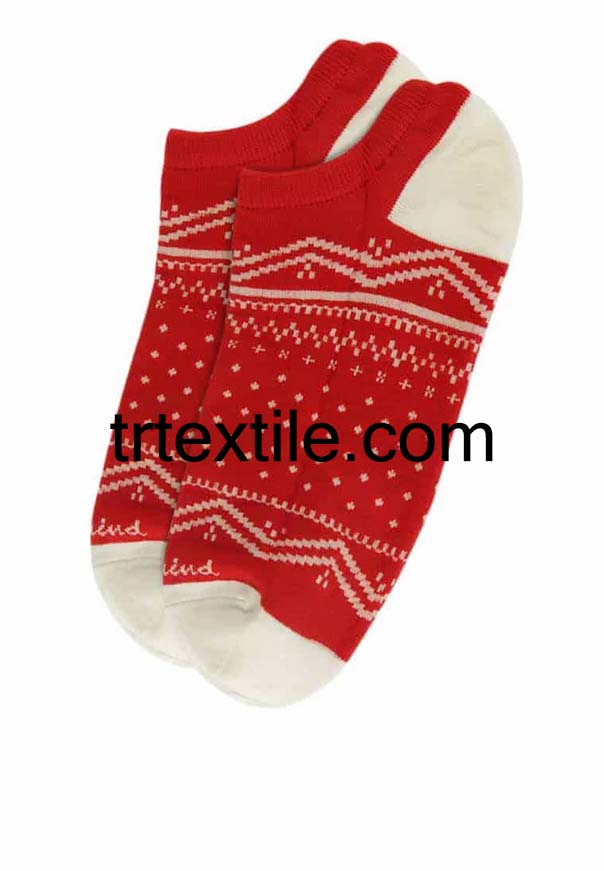Socks are an essential part of our daily wardrobe. They keep our feet warm, protect them from blisters, and add a touch of style to our outfits. But have you ever stopped to think about how socks are made? The production process of socks is a fascinating one that involves several steps and intricate machinery.
The first step in sock production is the selection of materials. Socks can be made from a variety of materials, including cotton, wool, nylon, and polyester. The choice of material depends on the intended use of the socks – for example, wool socks are great for keeping your feet warm in cold weather, while cotton socks are more breathable and ideal for everyday wear.
Once the materials have been selected, they are spun into yarns that will be used to knit the socks. Knitting machines are then used to create the sock fabric. These machines are incredibly complex and can produce socks in a variety of styles, from basic crew socks to intricate patterns and designs.
After the socks have been knitted, they are dyed to achieve the desired color. This is done using a process called dyeing, in which the socks are submerged in a dye bath and heated to ensure the color is absorbed evenly. Once the socks have been dyed, they are washed and dried to remove any excess dye and to ensure they are clean and ready for packaging.
The final step in sock production is the finishing process. This involves trimming any loose threads, inspecting the socks for quality control, and packaging them for distribution. Socks are typically packaged in pairs and then shipped to retailers or directly to consumers.
Overall, sock production is a complex and highly technical process that involves several steps and specialized machinery. From selecting materials to knitting the fabric to dyeing and finishing, each step plays a crucial role in creating high-quality socks that are comfortable, durable, and stylish. So the next time you slip on a pair of socks, take a moment to appreciate the intricate process that went into making them.




